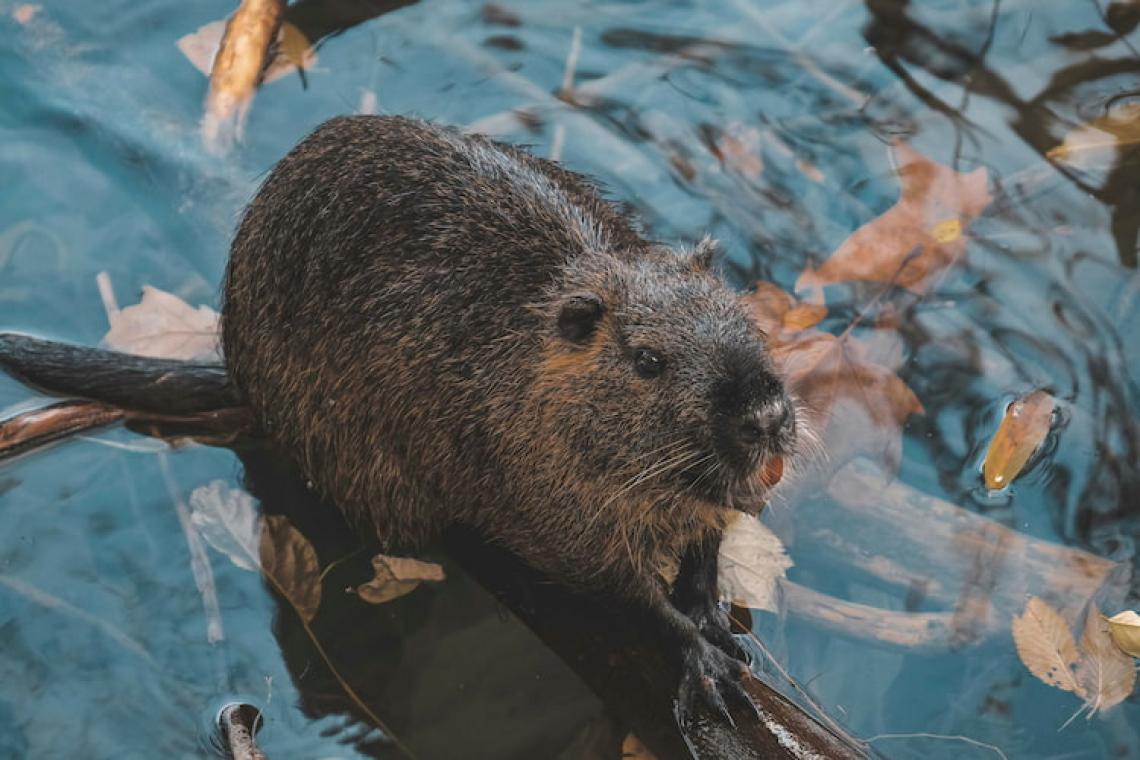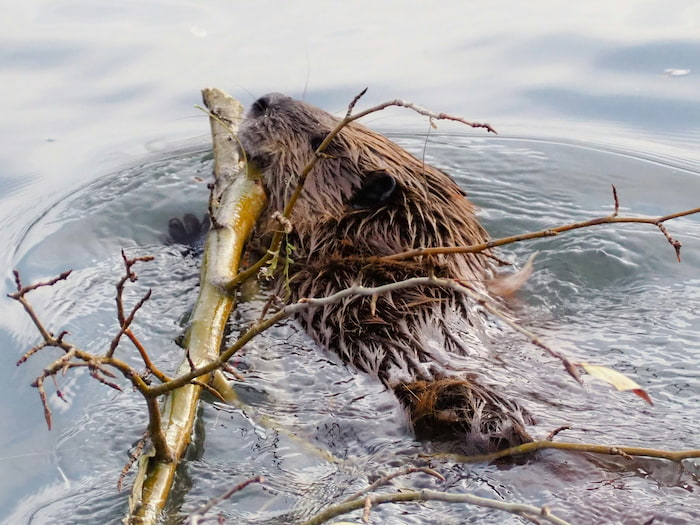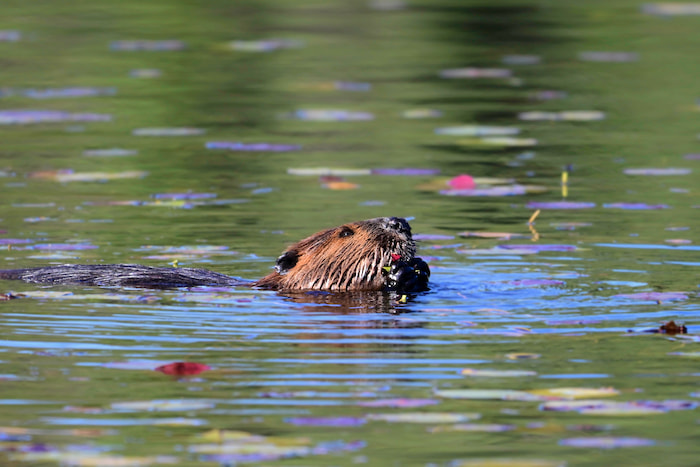Beavers: The Quiet Scientists Rewilding Our World

Beavers: The Quiet Scientists
I’ve always felt drawn to quiet creatures — the ones who work hard, help others, but rarely get noticed. When I first learned about beavers, I saw more than just animals building dams. I saw humble engineers, silently shaping entire ecosystems — not for applause, but because that’s simply what they do.
And yet, they’re still misunderstood. Many people still see beavers as pests or nuisances. Even though scientists now recognize them as important ecosystem engineers, many farmers, landowners, and even governments continue to treat them as a problem to trap or remove.
When people feel harmed, beavers usually lose.
Through this article, I hope to help people see beavers differently — as humble, brilliant, nature-based researchers, quietly running field experiments with sticks and mud. Before people rush to trap or kill, I hope they might pause, remember the silent good work beavers do, and feel a little more empathy.
Beavers may not speak, but what they do speaks volumes.
What If Scientists Had Fur?
They don’t wear lab coats. They don’t carry clipboards. But across the forests and wetlands of Finland, beavers are quietly running some of the most effective biodiversity experiments on Earth. By building dams and flooding woodlands, these tireless engineers create the perfect conditions for other species to thrive. A recent study found that mammal diversity was 83% higher in beaver-made habitats than in undisturbed areas. Otters, moose, weasels, and foxes were all more active near beaver ponds.
Wait — a rodent is shaping entire ecosystems and saving biodiversity?
Yes. And it’s doing it with sticks, mud, and instinct alone.
What Beavers Actually Do
Beavers don’t just build dams — they redesign landscapes. With nothing but teeth, paws, and instinct, they drag logs across streams, stack sticks into tight lattices, and pack the gaps with mud. The result is a slow-flowing pool that floods the forest floor, turns dry ground into wetland, and invites a whole new community of life. It's messy. It's brilliant. It's the original eco-renovation project.

The Study — What Scientists Found
A study published in Global Ecology and Conservation by Nummi and colleagues (2019) investigated how beaver-created wetlands influence mammal diversity.
In southern Finland, researchers set up motion-sensing cameras and tracked footprints in the snow. They studied 10 beaver-made wetlands and 10 undisturbed control sites — and the results were clear.
Mammal species richness was 83% higher in beaver patches. Animal activity increased by 12%. Moose wandered in more often. Otters slid through more regularly. Even predators like pine martens and least weasels showed up more likely drawn by the boost in small mammals and the shelter created by flooded woodlands.
The effect wasn’t limited to one species or one type of animal. Beavers reshaped the land, and across the food web — from hares to raccoon dogs to lynx — others moved in.
And surprisingly, the biggest gains happened in nutrient-poor areas — places where life usually struggles. But when beavers showed up, the forest changed. The water stayed longer. The structure got more complex. And biodiversity rose.
Why It Matters
Biodiversity is vanishing. Ecosystems are collapsing. Around the world, we’re racing to restore what we’ve lost — with funding, planning, and years of effort.
And then there are beavers.
Without blueprints. Without permission. They dam a stream, flood a forest, and build a wetland that bursts with life. The Finnish study found mammal diversity was 83% higher in these beaver-built zones — not because of high-tech fixes, but because of instinct and mud.
One headline said it best:
“Beavers outperform government, completing a 7-year unfinished dam in 2 days.”
It’s not satire. It’s just nature doing what it does best — while we’re still filling out forms.
And yet, we still treat them like a problem.We call them pests. But what if the animals we see as troublemakers… are actually helpers?
We race to restore what we’ve lost. But maybe they’re already doing it.
People who only listen to the loudest voices?They miss what’s really moving the forest.
And maybe—just maybe — the quietest creature out there is the one doing the most.

What This Means for Conservation
Beavers weren’t always seen as heroes. In much of Europe, they were hunted nearly to extinction. Their dams were labeled destructive. Their presence — inconvenient. But now, science is painting a different picture. One where the creature we once tried to erase is turning out to be one of our most unexpected allies in ecosystem recovery.
And that’s the surprise: they’re rodents. We don’t usually think of rodents as conservation tools. But these quiet builders are doing what human-led projects struggle to do — and doing it faster, cheaper, and more naturally. No budget. No permits. Just biology at work.
This study reshapes how we think about so-called “nuisance” animals. Maybe they’re not pests. Maybe they’re ecosystem engineers — shaping the land not by design, but by instinct. Helping biodiversity not because they care, but because it’s what they do.
And maybe, more broadly, it challenges how we approach conservation itself. What if restoring ecosystems doesn’t always require master plans and machines? What if sometimes, it just takes stepping back — and letting nature lead?
Reference
Nummi, P., Liao, W., Huet, O., Scarpulla, E., & Sundell, J. (2019). The beaver facilitates species richness and abundance of terrestrial and semi-aquatic mammals. Global Ecology and Conservation, 20, e00701.
Discuss this article
Clicking links may earn us commission. . Stock images by Depositphotos.
Subscribe: Stories about wildlife, habitats and heroes
Welcome to Conservation Mag where we celebrate nature preservation through ecotourism and wildlife travel while we look for ways to preserve our heritage by supporting nature conservation. Starting conversations about the positive action people like you and I are taking to make a change.
Quick Links
Work With Us
![]()

